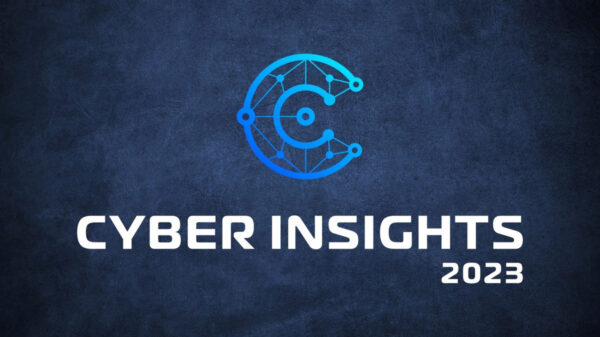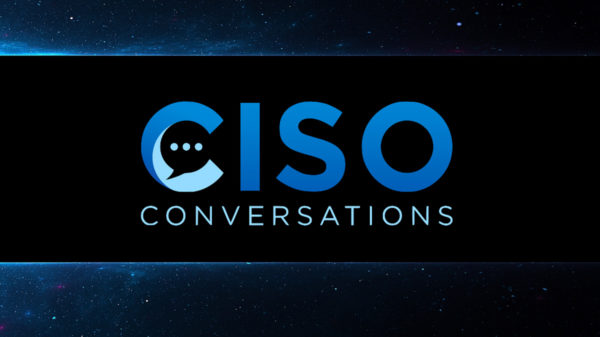For those of us tasked with managing, storing and securing information, it’s difficult to imagine automation will assume these roles. In recent years, much of the angst over labor-replacing automation has primarily been focused on manufacturing, and for good reason. The International Federation of Robotics says the auto industry is “the most important customer” for industrial robots, buying almost 40 percent of total global output of the machines.
Gartner attempts to address the question, “Which Robot-proof Jobs Should My Kids Major In?”, but comes to the conclusion that “technology can change any occupation.”
Apprehension about worker displacement in fields far from physical manufacturing is growing due to improving artificial intelligence (AI). Mark Cuban, speaking at SXSW in March of this year, expressed concern that white-collar jobs are at risk. Google’s Jonathan Rosenberg, Stephen Hawking and Elon Musk agree. And McKinsey reports that the technical feasibility of automating data collection and data processing is 64 percent and 69 percent respectively.
The rise of AI in cybersecurity
A web search will produce plenty of predictions about the use of machine learning and AI to gain the upper hand against hackers. “In reality, it is an important step in the continuing battle between attackers and defenders” writes SecurityWeek’s Kevin Townsend. With the ever-expanding attack surface that growing organizations have to contend with, and the growth in attackers, including well-funded nation-states, AI is a welcome weapon in the fight.
 The big push currently is in identifying threats previously unseen – unusual activity that can indicate an attack is in progress. Using AI to perform self-penetration testing in an effort to expose vulnerabilities is an approaching next step. Orchestrating remediation via AI capabilities will take longer to implement, but it will eventually come.
The big push currently is in identifying threats previously unseen – unusual activity that can indicate an attack is in progress. Using AI to perform self-penetration testing in an effort to expose vulnerabilities is an approaching next step. Orchestrating remediation via AI capabilities will take longer to implement, but it will eventually come.
The rise of AI in cyberattacks
Like any technology, it can be used for good and evil, and it isn’t just the good guys looking at harnessing AI. The Harvard Business Review says, “The rise of AI-enabled cyberattacks is expected to cause an explosion of network penetrations, personal data thefts, and an epidemic-level spread of intelligent computer viruses.”
Here lies an additional concern with AI – related to the AI itself. A designer could introduce a flaw, unintentionally or with malice, to turn the defender into a double-agent, exposing data or offering a back-door control mechanism. And scenarios of AI turning on its masters, while a fixation of science-fiction, remains a very real concern as it is paired to more systems and tasks.
Should you leave the automation to a service provider?
Beyond automation, there is the question of outsourcing security tasks to MSSPs and the like. Could an organization outsource their security? Anton Chuvakin at Gartner considers this in his post, “Security Without Security People: A [Sad] Way Forward?” He comes to the conclusion that, “if you think you can do security well without security people, you are so deluded – and probably breached too.” He goes on to say that “force augmentation” is really how to look at service providers.
Challenges finding qualified security staff are going to drive continued interest in outsourcing certain security practices – monitoring and first response being the obvious choices, but those MSSPs that can leverage AI as a force multiplier will be able to offer better services and lower costs.
Getting ready for the changes to security driven by automation
Whether we like it or not, automation will play an ever-increasing role in IT security. Like all automation, it will result in greater productivity that will reduce the need for certain staff, but increase the need for others. An AI safety expert may be part of your future security team, for example.
So, no, there isn’t a foreseeable future of IT security without people. But IT security roles will evolve as AI increasingly assumes more responsibility for defending information. The challenge today is finding training to assist with the transition. Universities, governments and certification programs have significant work ahead of them to enable this transition.
Related: Security Automation Revisited – The Rise of the Machines












